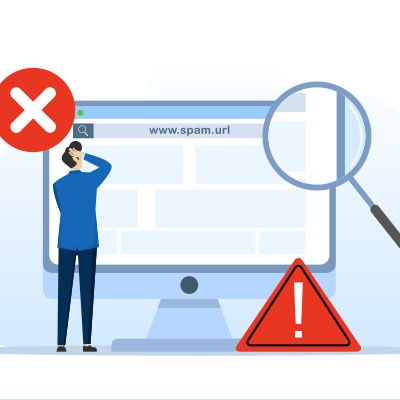We’re always telling people to avoid clicking on suspicious links, but the bad guys are making it harder to tell the difference between a legitimate URL and a suspicious one. We’re going to try to simplify it for you, and have you focus on the placement of a single punctuation mark in a link to tell if it might be safe or dangerous.
Over the last half-year, Meta, the renowned social media conglomerate (formerly known as Facebook), has been strategically capitalizing on all the drama within Twitter (referred to as X) by introducing Threads, a microblogging community akin to its X counterpart. Today, we will look at Threads by drawing comparisons with Twitter and taking a look at Meta’s motivations in enticing users away from the established microblogging giant.
These days, it feels like things change quickly and without warning, but there are certainly still some parts of the holiday season that retain some of the good, old-fashioned traditions of yesteryear. While the holiday season is more commercialized than ever, technology has made it more viable to spend these times of laughter, leisure, and cheer with loved ones, even if you’re far apart physically.
The idea of “finding time” for particular tasks has always been a bit of an odd saying. After all, there is a finite amount of time in any given day. No matter how hard you search, you’re not going to magically find more of it. What you can do for those tough-to-schedule projects and tasks, however, is make more time by freeing up time that is already in use. Let’s go over some strategies you can use to make more time for the projects that matter most, whether they are for business or for life.
The Internet is pretty awesome. Unfortunately as much as it provides individuals and businesses, alike, it poses significant risks. Today, we thought we would discuss a security issue that not many people consider, Google searches, and how they can lead to cybersecurity problems.
Most of us know that Santa Claus lives at the North Pole, but fewer know that he’s specifically built his big castle and workshop someplace called the Laughing Valley. There, he and all the elves, sprites, pixies, and fairies that help him make his toys live and work to give the children of the world their presents each year. All that being the case, even Santa and his team need a little help every once in a while.
Sometimes it can be really handy to take a screenshot of something on your computer screen. Sure, there are tons of applications you can download and install that let you do this, but with the modern version of Windows 11, you don’t need any of that if you just need to take a quick screenshot and share it with someone or put it in a document. Let’s jump right into it!
Against all odds, remote work has been gradually accepted, but regardless of how your organization does it, it would be imprudent to overlook the obvious cybersecurity risks presented by remote work. Let’s take a look at the essence of zero-trust security and explore why it has evolved into the standard that organizations of all sizes should adhere to.
It’s hard to believe that it’s already been a few years since circumstances… “encouraged”… so many businesses to suddenly adopt work from home policies. As these circumstances have gradually normalized, many businesses have elected to keep these policies in place, either maintaining fully remote operations or shifting to hybrid operations. However, some notable businesses have taken efforts to roll back remote work capabilities, if not discontinuing them entirely.
As business computing goes, ransomware poses the most significant threat. That’s why it’s imperative for organizations to proactively address this menace head-on. Today, we propose a comprehensive three-part strategy that can help your organization sidestep ransomware.










